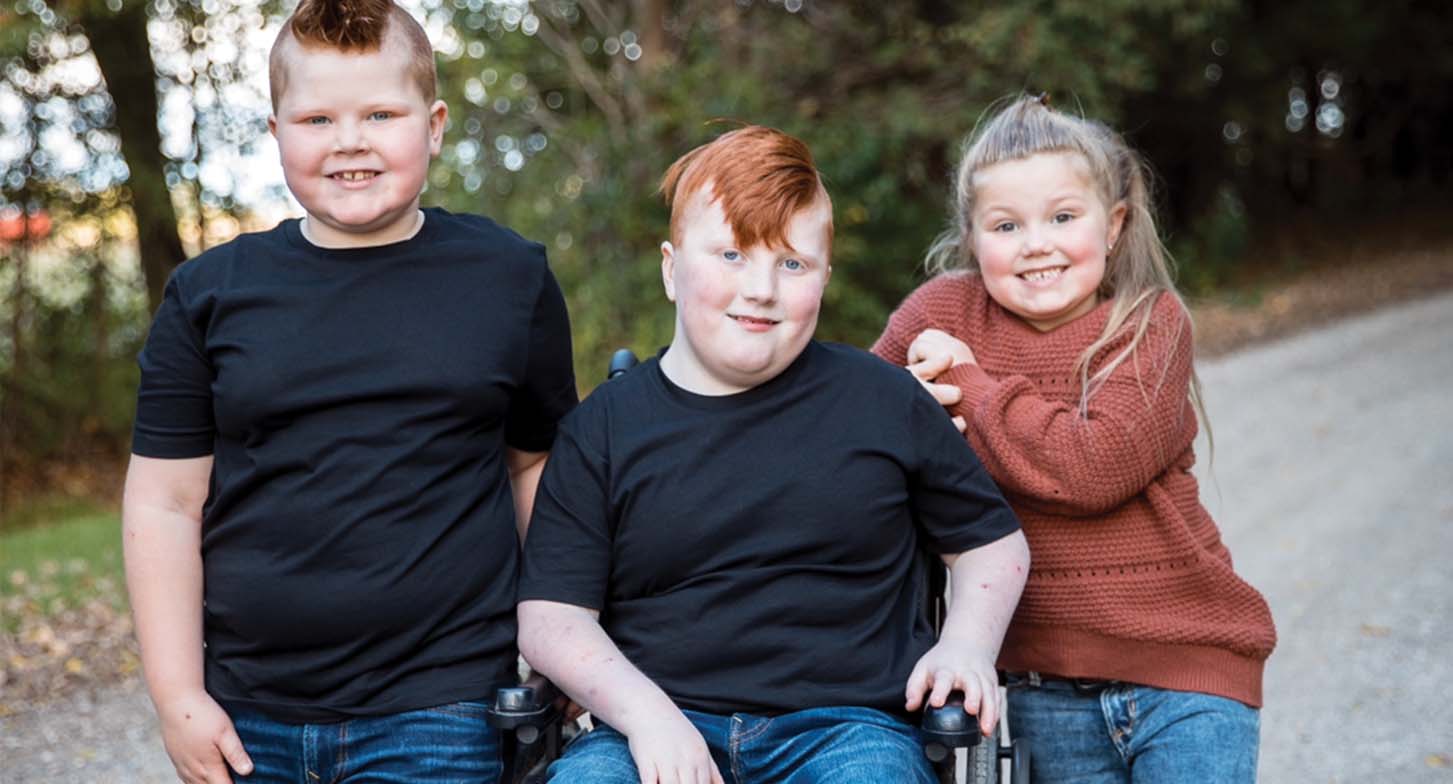Signs of cardiac arrest
Cardiac arrest happens suddenly. There are usually no warning signs.
-
Sudden collapse
-
Unresponsive to touch or sound
-
Not breathing or is making gasping sounds
